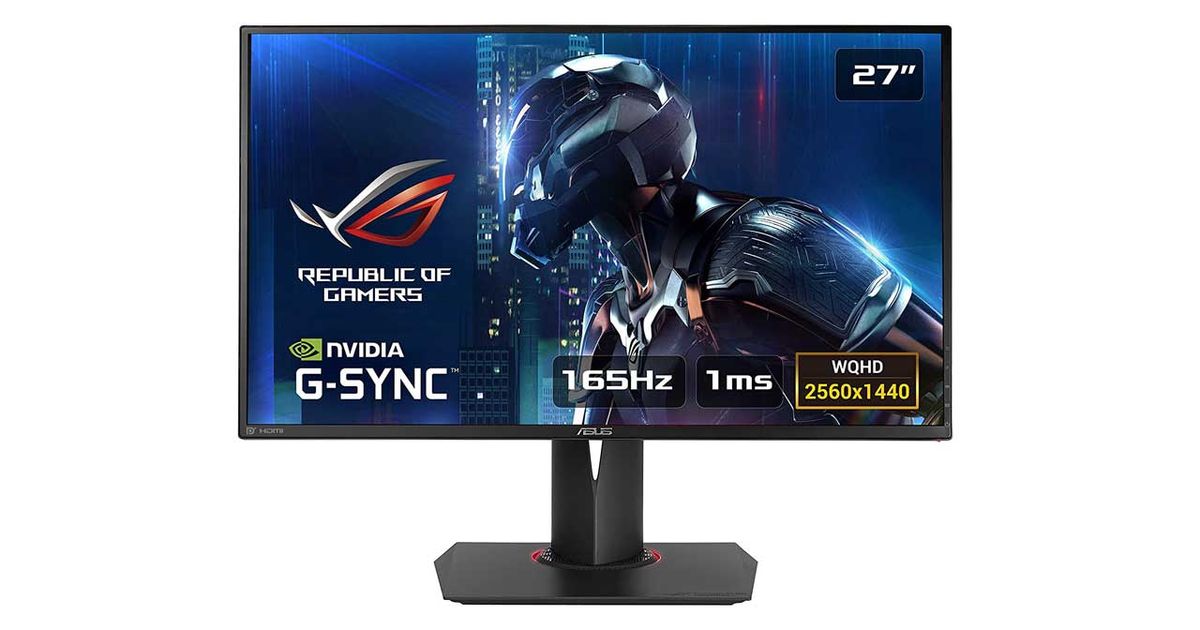If you've been long on the hunt for the best gaming monitor you can find, then you've likely run into the term G-Sync amongst the other listed specs.
What it actually does is up there with questions like what the best response time is for a monitor, or if high refresh rates actually matter when it comes to gaming, so let's take some of the confusion out of this and fill you in.
Table of Contents
Here's what G-Sync is and why it matters when you're shopping for your next monitor.
What Is G-Sync?
G-Sync is a technology created by the good old folks at Nvidia and its main function is to sync up a display with either a console, PC or laptop's output.
It's designed to create a smoother gaming experience, by eliminating screen tearing that can occur in high action moments when framerates can dip, and it does this by changing the output to match the displays' refresh rate.
So What's A G-Sync Monitor?
You've likely seen it labelled on anything from the best gaming monitors all the way to the best 120hz TVs available today.
While there are different levels of Nvidia's G-Sync technology, monitors which have G-Sync featured in the specs are capable of variable refresh rates or VRR.
Put simply, it means that it works with G-Sync!
Do I Need A G-Sync Monitor?
G-Sync monitors can tip the scales in terms of prices, sometimes, but they're super common in the market today.
The biggest and best usage of a G-Sync monitor is for either competitive gaming or reflex-based gaming, where you can't have your vision in any way compromised by screen tear.
If that sounds like you, then you'll 100% want to look out for a G-Sync monitor, but remember that there are other technologies that have a similar effect to G-Sync.
AMD has also developed FreeSync technology that also offers various levels of performance improvement for fast-paced gaming.
For more demystifying, be sure to check out our breakdown of the difference between input lag and response time, and whether high refresh rates actually matter at the end of the day...
Read More: Does PS5 Support VRR? Here's What We Know





